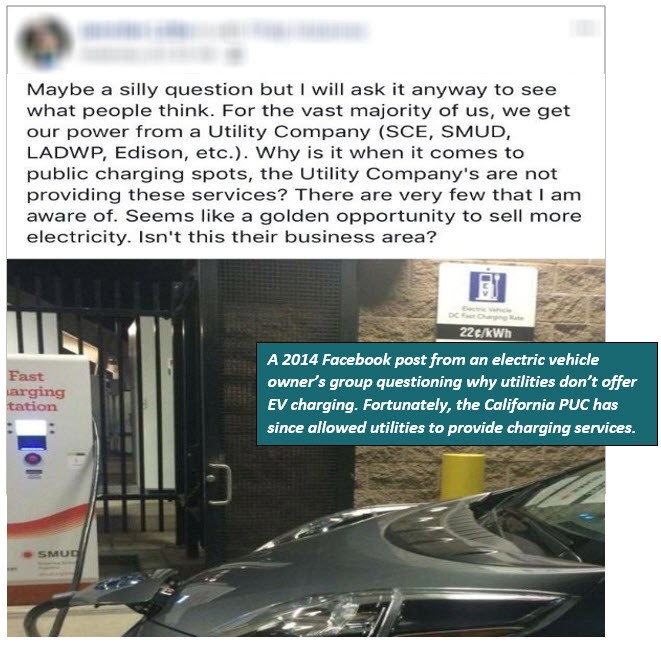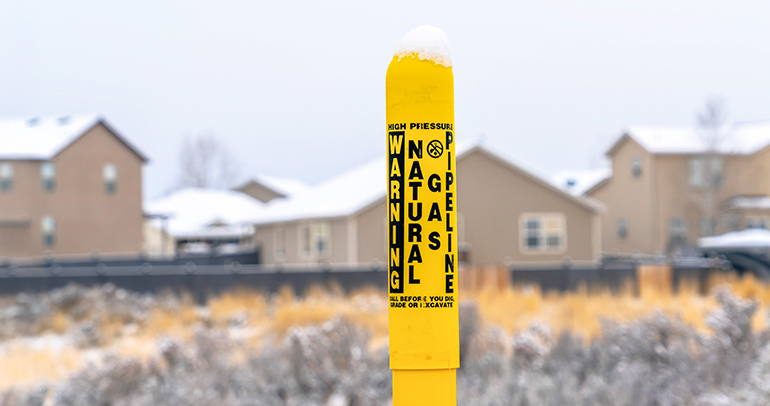
This article is not about building the fundamentals for strong customer engagement: operational excellence, a strong brand and value-added product offerings. Instead, it’s about the moments that catch customers off guard—in a good way—and how utilities can intentionally create those moments in their customer interactions. These moments help support a solid customer experience strategy, and more importantly, help create advocates, as customers share with friends and family, “you won’t believe what my utility company did!”
1. Invite new customers into a relationship
My colleague Chris Oberle, senior vice president of the Energy Research and Consulting group at Escalent, has written about the missed opportunity for customer onboarding. Two years later, only 8% of customers new to their utility recall receiving any sort of welcome or onboarding material.
If you’ve ever hosted guests, upon arrival you’ve probably briefed them on the things they should know (“the bathroom is over here,” “don’t open that door because the dog is down there and gets nervous around strangers,” etc.). It’s the same with new customers. They haven’t had experience with your company, and while you may have established ways of doing things, new customers don’t know what those ways are. So, like a good host, it’s incumbent on you to help new customers understand how to do business with you.
Here are the top three onboarding activities that improve customer relationships and provide moments of delight:
- Provide bill payment options: While this a great way to improve e-bill enrollment, customers who are aware of the availability of their preferred billing and payment method—regardless of whether they use it—have higher brand affinity for their utility and are 10% more likely to say they’d make a good comment about it.
- Connect your customers: New mobile app? Great—provide a link to the app store. Do new customers need to register for an online account to set up preferences? Guide them through the process.
- Emphasize reliability—but prepare your customers for outages: What should your new customers do if they experience an outage? Not only can you promote self-service options such as text or social media reporting and outage maps, but you can also emphasize your utility’s commitment to safety and reliability in this messaging.
Don’t make the mistake of sending all of this information at once. It’s likely to find its way immediately into the (real or virtual) circular file. Instead, spread out onboarding messaging over time, making each touch focused on a specific thing and—importantly—fun and engaging for your new customers to read. Effective onboarding can provide a significant boost to brand trust levels and increase the likelihood for customers to make positive comments.
2. Offer personalized recommendations
Businesses like Amazon and Netflix have significantly improved customer engagement and revenues by building personalized recommendation engines. Although gas and electric utilities are not retailers in the traditional sense, they have the opportunity to connect customers with valuable products and services during service touchpoints.
Utilities are doing a better job at this than they are with onboarding, with nearly one-third of customers reporting that they’d received a product or service recommendation during their most recent service interaction. Utilities like Duke Energy and Georgia Power are building predictive analytics capabilities for “next best offer” programs—and it shows: two-thirds of customers who received a recommendation from these utilities found it highly relevant and three-quarters followed the recommendation.
The impact on customer scoring of this is substantial:
| Brand Trust Index (0–1,000 scale) |
Likely to make a positive comment (0–10 scale) |
|
| Received recommendation during service interaction |
+81 | +0.70 |
| Recommendation was relevant (top three-box) |
+148 | +1.41 |
| Followed recommendation | +91 | +0.75 |
Source: Escalent. Cogent Syndicated. Utility Trusted Brand & Customer Engagement™: Residential. June 2018.
One concern that I hear frequently from utilities about recommending offerings during service interactions is that they perceive service interactions as negative events—e.g., outages (which don’t have to be negative) or complaints over high bills—and that it feels like an unwelcome non sequitur to promote offerings during those conversations.
It doesn’t have to be this way. Remember that customers are contacting you because of a problem and your offerings are also solving customer problems—so product and service recommendations aren’t unwelcome if they help address customers’ issues. As a simple example, customers who chronically call with high bill complaints during the summer could be well served by a budget bill program that eliminates unexpected bill spikes.
3. Look for areas where you can make life easier for your customers
Customers are increasingly engaging with energy products, whether it’s via smart thermostats, electric vehicles or rooftop solar. Many customers naturally think of their utility when they think of these types of products (see, for example, the social media post below).

While there are certainly exceptions, utilities have been slow to expand their businesses to provide these sorts of adjacent products and services and customer awareness reflects this. Awareness of alternative fuel and power options (things like backup generators, solar, natural gas or EV fueling infrastructure) is only at 25%, while awareness of home service and protection programs is a bit higher at 33%. Even for traditional energy-efficiency programs that have been around for decades, fewer than two-thirds (61%) of customers say they’re aware of their utility’s offerings.
Customers like choice—even just changing rate plans or how customers pay their bills yields an increase in Brand Trust and likelihood to make a good comment—and providing offerings in these logically adjacent areas gives them this choice. Regardless of whether customers actually use the programs, awareness of alternative fuel and power options increases Brand Trust by 62 points (out of 1,000) and willingness to make a good comment by 0.54 points (out of 10). The corresponding increases for home service and protection programs are 54 and 0.51 points.
Our CX research recently looked at the impact that different rooftop solar strategies had on customer experience, comparing the scores of customers who purchased rooftop solar from a third party versus the average scores for two utilities. One utility had chosen to strictly play the role of advisor to their customers—it does not offer any rooftop solar programs but seeks to help its customers make a good choice among third-party providers. The other utility offers a suite of solar programs to suit different home ownership and financial situations. The latter strategy was a clear winner, with customers who chose to use third-party solar instead of the utility scoring much closer to the average customer on our Engaged Customer Relationship, Brand Trust and Product Experience metrics. Customers of the “advisory only” utility scored significantly lower than the average customer when they bought solar.
At its core, this recommendation is to be where your customers expect you to be. The industry as a whole suffers from some negative brand perceptions but being there when customers look to engage with new energy-related offerings—whether customers ultimately buy from the utility—helps delight them.
Subscribers to our Utility Trusted Brand and Customer Engagement study have access to regular peer groups where we discuss these and other ways to engage and delight customers, and to ultimately build a strong and successful utility brand. Contact me if you’re interested in learning more.
Click below to get more information on the study.









